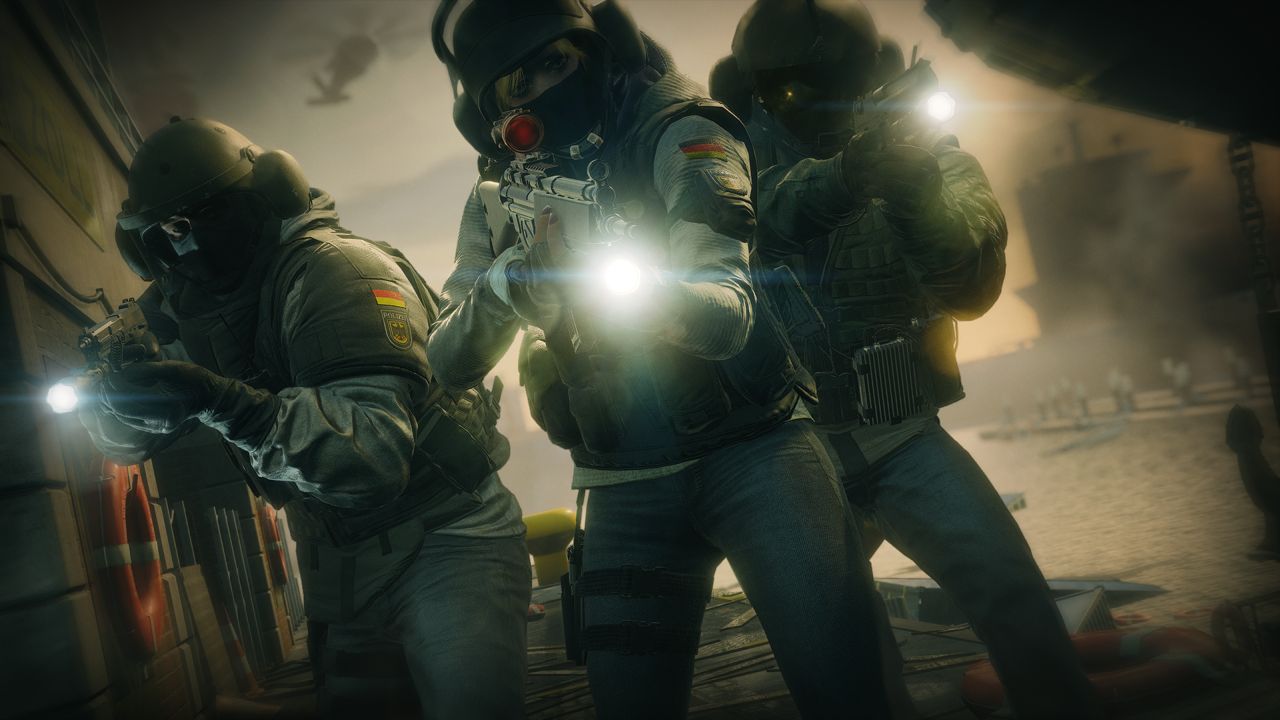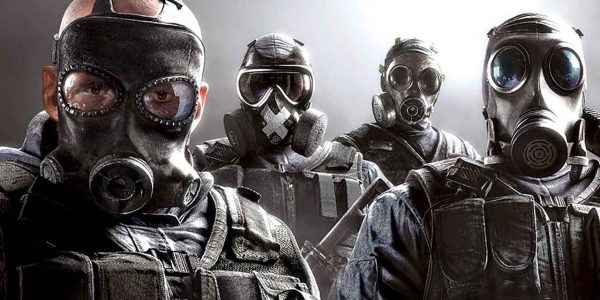No matter which of its offered game modes you prefer, Rainbow Six Siege is a difficult shooter to master. Even the Casual PvP and Terrorist Hunt PvE modes require a degree of patience not seen in other shooter games. However, should you decide to graduate up to Ranked play, that’s when the stakes really start to skyrocket. In this article, we’ll explain the key differences between Rainbow Six Siege’s Casual and Ranked PvP playlists.
Rainbow Six Siege Casual and Ranked Differences
As a general rule, you will often find a higher caliber of players in Siege’s Ranked playlist. However, you’ll also be expected to pull your own weight and coordinate with your teammates. Make sure you have a working mic equipped and that you’re constantly chatting with your teammates.

Also, make sure you practice with and master at least a couple of top-tier operators. Ranked is definitely not the place to be sticking with a single operator just because they’re your favorite. The more robust you are in your operator mastery, the better equipped you’ll be to counter the enemy team’s efforts.
Decreased Round Durations
In Ranked, the four-minute round durations from Casual are decreased to three minutes. In theory this may not seem like such a big change but you’ll definitely feel it as an attacker. There’s really no time to waste so if you’re on the attacking team make sure you’re always pursuing the objective.
On the flip side, being a defender means you have less time to prepare for the attacking team’s inevitable hard push. Sure, the attackers have less time to secure the objective, but that doesn’t matter if they catch you off-guard. The silver lining is that there’s never really any “downtime” in a typical Ranked match.
Tense Tie-Breakers
Just because there are shorter round durations doesn’t mean Ranked matches are quicker overall. In fact, Ranked matches can actually last much longer than Casual matches if the teams are equally skilled.
If one team wins four rounds they take the match. However, if both teams win three rounds then the match goes into an overtime period. In overtime, a team needs to win two more rounds (for a total of five) to secure victory. This means that a single Ranked match has the potential to last a total of nine brutal rounds.
Choosing Your Insertion Point
Unlike in Casual, defenders get to choose which objective they’re defending. Attackers, meanwhile, can choose individual spawn points rather than having the entire team spawn in one location.
If the defenders win with a particular defense site, that site is disabled for the rest of the match. This forces the defenders to stay on their toes and adapt to different defense sites throughout the map. If, however, the match goes into overtime the defense site lockouts reset, ensuring an even playing field for both teams.
Ranked Rewards
Ranked play in Rainbow Six Siege is certainly a more intense experience, but it also has some suitably sweet rewards. Completing ten placements matches allows you to see how you place in the game’s matchmaking rank (or MMR) system. Your rank can then fluctuate by winning and losing additional matches. At the end of a three-month season, you’re awarded a unique weapon charm based on the highest rank you obtained.
Expect this year’s competitive Rainbow Six Siege scene to really heat up as the game enters its fourth content year.
Source: PC Gamer




